The aroma of freshly ground spices, the sizzle of batter hitting a hot griddle, and the gentle bubbling of steaming idlis—these are the sounds and scents that define mornings across India. Traditional Indian breakfast isn’t just a meal; it’s a celebration of regional diversity, nutritional wisdom, and centuries-old culinary traditions that have nourished families for generations.
Indian breakfast culture varies dramatically from state to state, each region offering unique flavors, cooking techniques, and ingredients that reflect local climate, agriculture, and cultural preferences. From the hearty parathas of Punjab to the delicate dosas of Tamil Nadu, these morning meals provide sustained energy while delivering complex flavors that awaken the senses.
This comprehensive guide will take you on a flavorful journey through India’s diverse breakfast landscape, exploring regional specialties, sharing authentic recipes, and revealing the nutritional secrets behind these time-tested dishes. Whether you’re a curious food enthusiast or someone looking to add healthy, delicious options to your morning routine, these traditional recipes offer something special for every palate.
Regional Breakfast Variations

India’s breakfast traditions are as diverse as its geography, with each region developing distinct morning meals that reflect local ingredients, climate, and cultural influences. Understanding these regional variations helps appreciate the incredible diversity within Indian cuisine and provides insight into how geography shapes food culture.
North India: Hearty and Wholesome
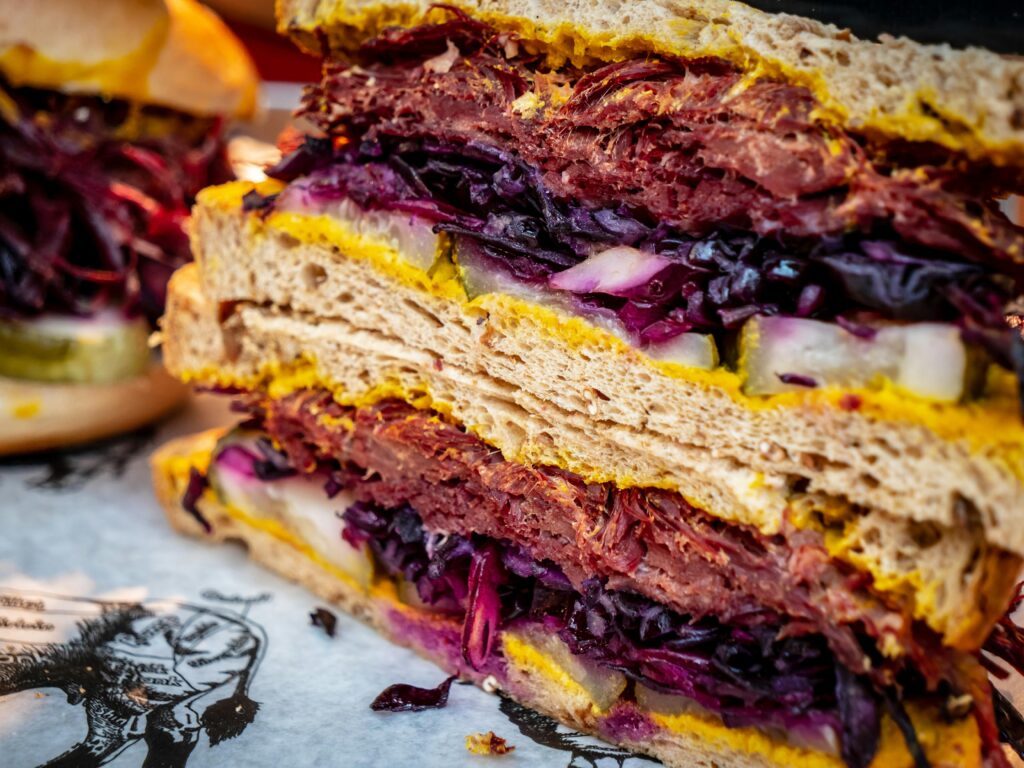
North Indian breakfasts are characterized by their substantial, warming qualities—perfect for the region’s varied climate. The cuisine relies heavily on wheat, dairy products, and robust spices that provide energy for long days. These dishes often feature ghee (clarified butter) and tend to be more calorie-dense than their southern counterparts.
Aloo Paratha stands as North India’s breakfast champion. This stuffed flatbread combines whole wheat flour with spiced potato filling, creating a complete meal that’s both satisfying and flavorful. The dough is rolled thin, stuffed with seasoned mashed potatoes, and cooked on a griddle until golden brown. Served with yogurt, pickles, and a pat of fresh butter, it’s comfort food at its finest.
Chole Bhature represents the more indulgent side of North Indian breakfast culture. This combination of spiced chickpeas (chole) and deep-fried bread (bhature) originated in Punjab but has become popular throughout North India. The bhature puffs up beautifully when fried, creating a crispy exterior and soft interior that perfectly complements the rich, spiced chickpea curry.
Poori Sabzi offers another beloved combination, featuring small, deep-fried breads served with spiced potato curry. The pooris puff up into golden balloons when dropped into hot oil, while the accompanying sabzi (vegetable curry) varies by region and season.
South India: Fermented and Flavorful
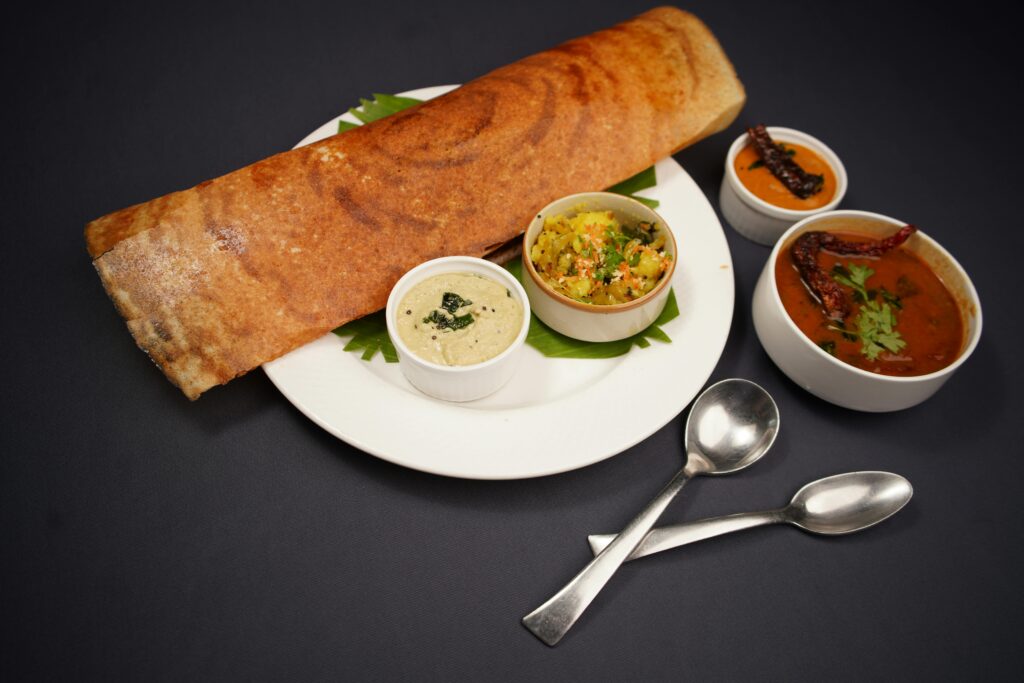
South Indian breakfast cuisine revolves around fermented foods, which not only enhance flavor but also improve digestibility and nutritional value. Rice and lentils form the foundation of most dishes, creating protein-complete meals that are naturally gluten-free and packed with probiotics.
Idli represents the epitome of South Indian breakfast perfection. These steamed rice and lentil cakes are incredibly light yet satisfying, with a subtle tangy flavor that comes from fermentation. The batter, made from a combination of rice and urad dal, is fermented overnight, creating beneficial bacteria that aid digestion.
Dosa transforms the same basic batter into crispy, golden crepes that can be stuffed with various fillings. The most popular variation, masala dosa, features a spiced potato filling and is served with coconut chutney and sambar (lentil soup). The art of making perfect dosas requires skill—the batter must be spread paper-thin on a hot griddle to achieve the characteristic crispy texture.
Vada completes the South Indian breakfast trio. These savory donuts, made primarily from urad dal, are crispy on the outside and fluffy inside. When soaked in sambar, they become medu vada, a popular combination that balances textures and flavors beautifully.
Uttapam offers a thicker, more substantial option. Often called “Indian pizza,” these thick pancakes are typically topped with vegetables like onions, tomatoes, and chilies, then cooked until the base is crispy and the toppings are caramelized.
West India: Light and Nutritious
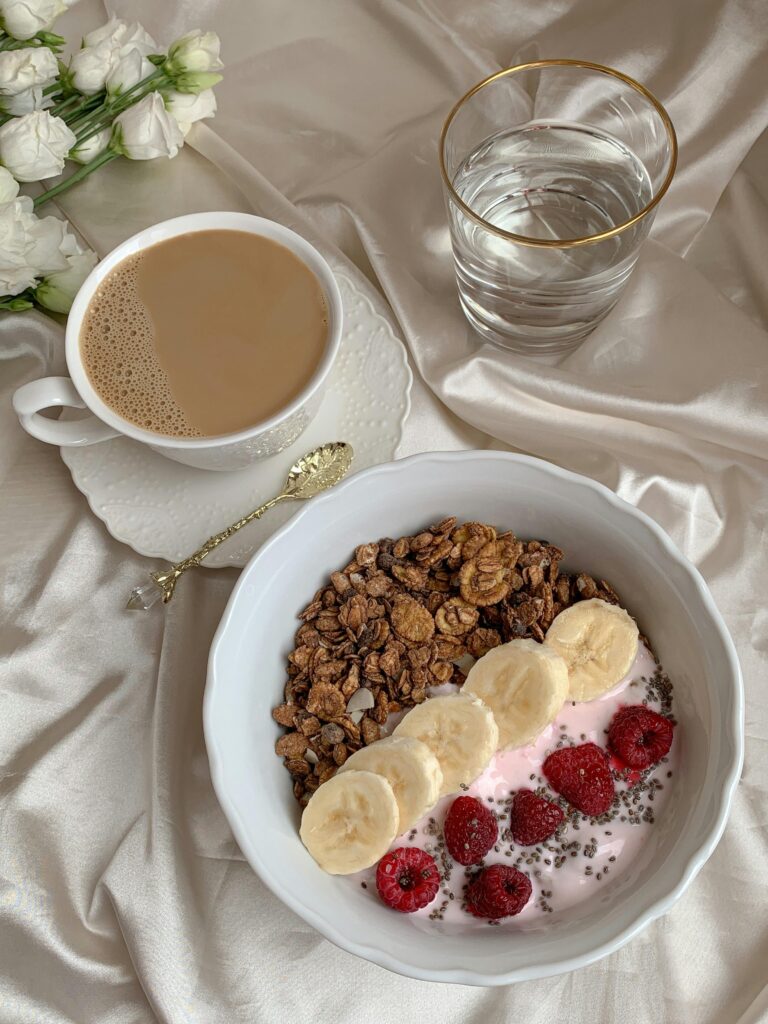
Western Indian breakfast culture emphasizes quick, nutritious meals that can be prepared easily and provide sustained energy. The region’s cuisine shows influences from various communities and often features unique preparation methods that maximize flavor while minimizing cooking time.
Poha stands out as Maharashtra’s most beloved breakfast dish. This flattened rice preparation is light, nutritious, and incredibly versatile. The rice flakes are soaked briefly, then sautéed with mustard seeds, curry leaves, onions, and turmeric, creating a colorful, aromatic dish that’s ready in minutes.
Dhokla from Gujarat showcases the region’s expertise with steamed, fermented foods. These spongy, savory cakes made from gram flour are naturally gluten-free and high in protein. The batter is fermented to create a light, airy texture, then steamed and tempered with mustard seeds and curry leaves.
Thepla represents Gujarati flatbread mastery. These thin, spiced breads incorporate fenugreek leaves and various spices directly into the dough, creating a flavorful, nutritious meal that travels well. Originally developed for long journeys, thepla remains soft for days when stored properly.
East India: Sweet and Savory Balance
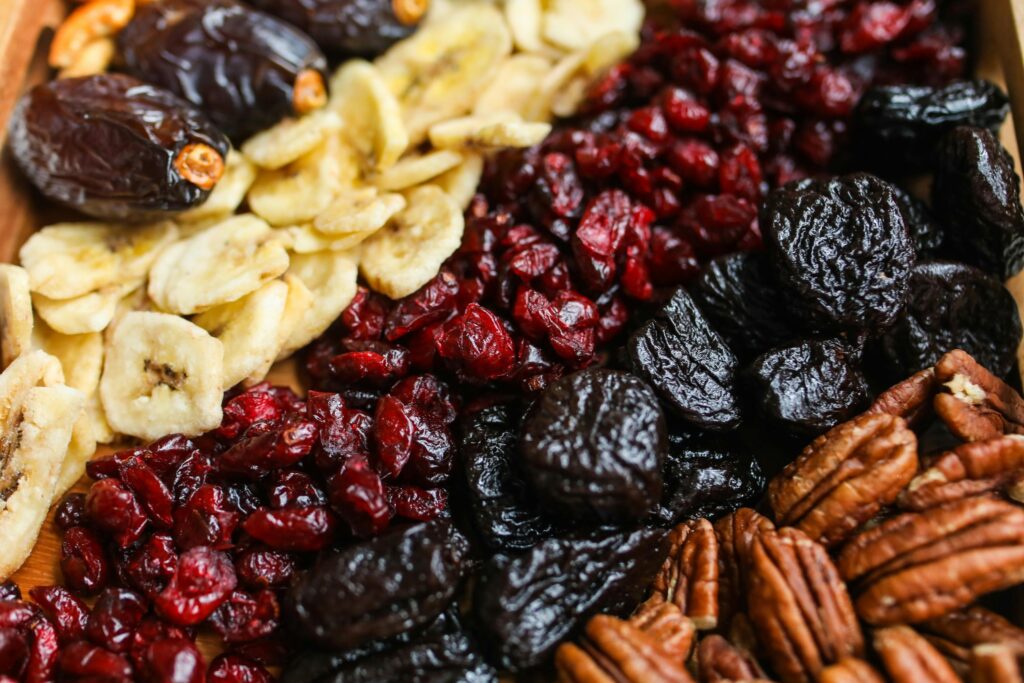
Eastern Indian breakfast culture beautifully balances sweet and savory elements, often featuring dishes that blur the line between breakfast and dessert. The region’s cuisine shows strong influences from its river systems and agricultural abundance.
Luchi serves as Bengal’s answer to the North Indian poori. These deep-fried breads are typically smaller and lighter than their northern counterparts, with a more delicate texture. They’re often served with aloo dum (spiced potatoes) or ghugni (spiced yellow peas).
Ghugni itself deserves special mention as a protein-rich breakfast option. This spiced yellow pea curry is often enjoyed with luchi or even on its own, providing substantial nutrition and complex flavors that satisfy morning hunger.
Pitha represents the sweeter side of Bengali breakfast culture. These rice-based preparations can be either sweet or savory, with variations including steamed, fried, or baked versions. Some incorporate jaggery and coconut, while others feature spiced lentil fillings.
Key Ingredients and Their Benefits
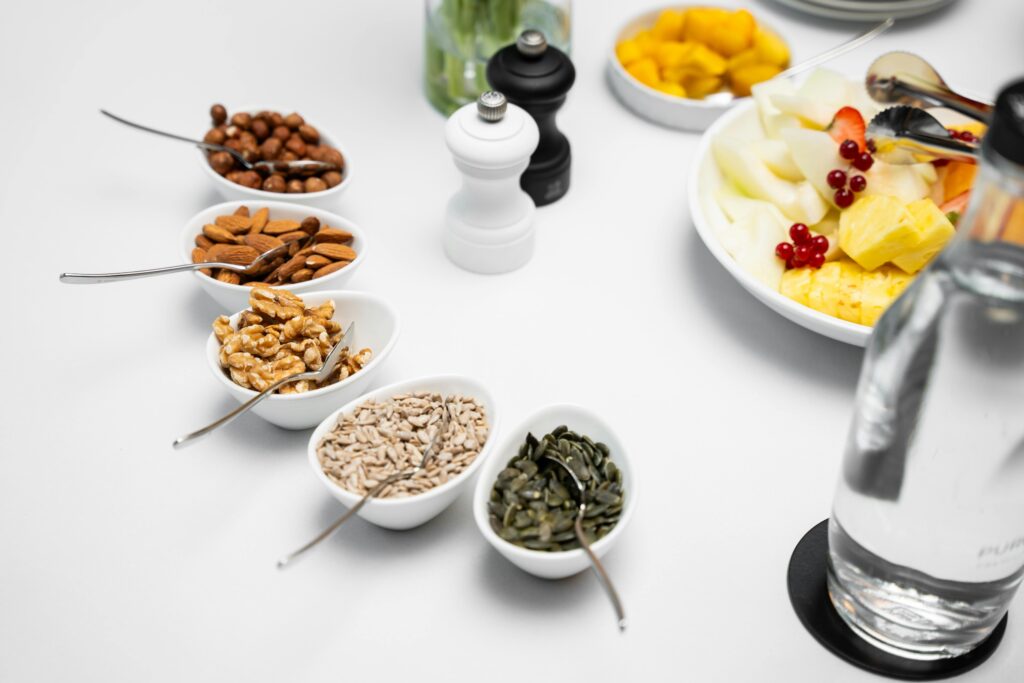
Traditional Indian breakfast recipes rely on a foundation of wholesome ingredients that have been cultivated and consumed for thousands of years. Understanding these core components helps appreciate both the nutritional wisdom and flavor complexity of Indian morning meals.
Rice forms the cornerstone of South Indian breakfast cuisine. Beyond being a reliable carbohydrate source, rice provides essential amino acids and is naturally gluten-free. When fermented, as in idli and dosa batters, rice develops additional nutritional benefits including improved digestibility and enhanced B-vitamin content.
Lentils (various dals) contribute protein, fiber, and essential minerals to Indian breakfast dishes. Urad dal, used in idli and vada preparations, is particularly high in protein and creates excellent fermentation conditions. Chana dal, used in dhokla and various chutneys, provides folate and potassium while adding a subtle nutty flavor.
Spices in Indian breakfast preparations serve multiple purposes beyond flavor enhancement. Turmeric provides anti-inflammatory compounds, mustard seeds aid digestion, and curry leaves contribute antioxidants. Ginger and green chilies stimulate circulation and metabolism, making them perfect morning additions.
Vegetables integrated into breakfast dishes provide essential vitamins, minerals, and fiber. Potatoes in parathas and dosas offer potassium and vitamin C, while onions and tomatoes contribute antioxidants and enhance flavor complexity.
Health Benefits of Traditional Indian Breakfast
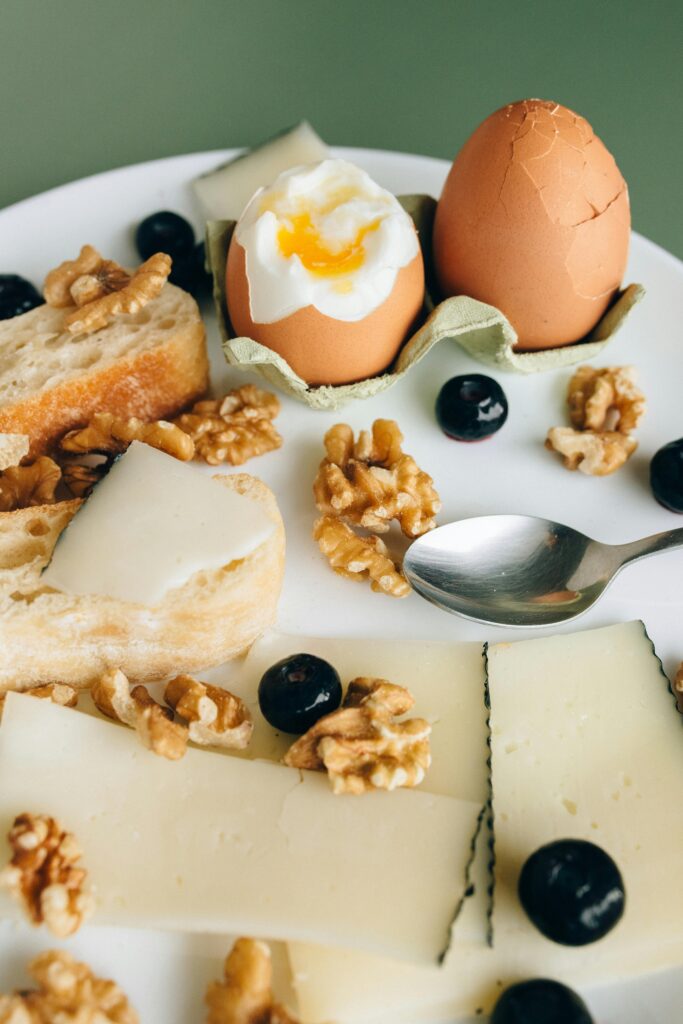
Traditional Indian breakfast foods offer remarkable nutritional advantages that modern nutrition science is finally recognizing and validating. These time-tested combinations provide sustained energy, support digestive health, and contribute to overall wellness in ways that many contemporary breakfast options cannot match.
The fermentation process used in many South Indian breakfast preparations creates beneficial probiotics that support gut health. When rice and lentil batters ferment overnight, beneficial bacteria multiply, producing enzymes that pre-digest proteins and carbohydrates, making these nutrients more bioavailable and easier to absorb.
Protein completeness represents another significant advantage. Many Indian breakfast combinations naturally provide complete protein profiles by combining complementary amino acids. Rice and lentil combinations, such as those found in idli and dosa, create complete proteins that rival those found in animal products.
Sustained energy release comes from the complex carbohydrates and fiber content in traditional breakfast foods. Unlike refined breakfast cereals or pastries that cause blood sugar spikes, traditional Indian breakfasts provide steady energy that lasts throughout the morning.
Digestive support is built into many traditional preparations through the use of specific spices and cooking methods. Asafoetida aids digestion, cumin seeds prevent bloating, and the fermentation process itself creates beneficial compounds that support gut health.
How to Prepare Popular Dishes
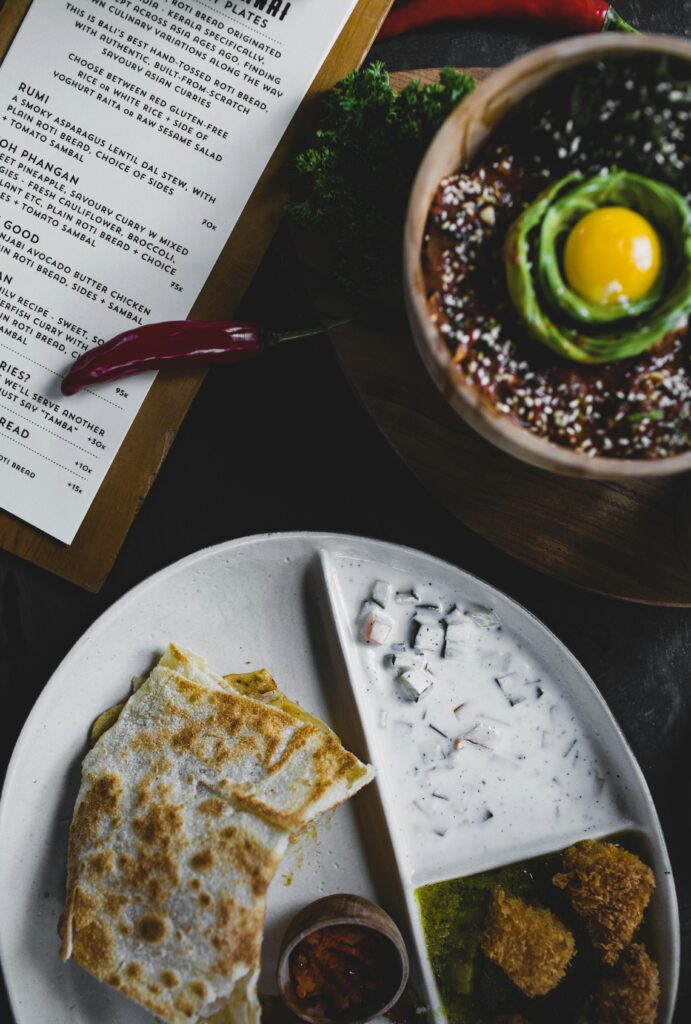
Perfect Idli: The Foundation of South Indian Breakfast
Creating perfect idlis requires patience and technique, but the results are worth the effort. The key lies in achieving the proper fermentation and maintaining the correct consistency.
Ingredients:
- 3 cups parboiled rice
- 1 cup urad dal (black gram)
- 1 teaspoon fenugreek seeds
- Salt to taste
- Water as needed
Method:
Soak rice and urad dal separately for 4-6 hours. Grind urad dal with fenugreek seeds into a smooth, fluffy batter using minimal water. Grind rice into a slightly coarse batter. Combine both batters, add salt, and mix gently. The batter should be thick enough to hold its shape but not too dense.
Allow fermentation for 8-12 hours in a warm place. The batter should double in size and develop a slight tangy aroma. Pour into greased idli molds and steam for 12-15 minutes. Properly made idlis will be light, fluffy, and have a subtle sour flavor.
Crispy Dosa: The Art of the Perfect Crepe
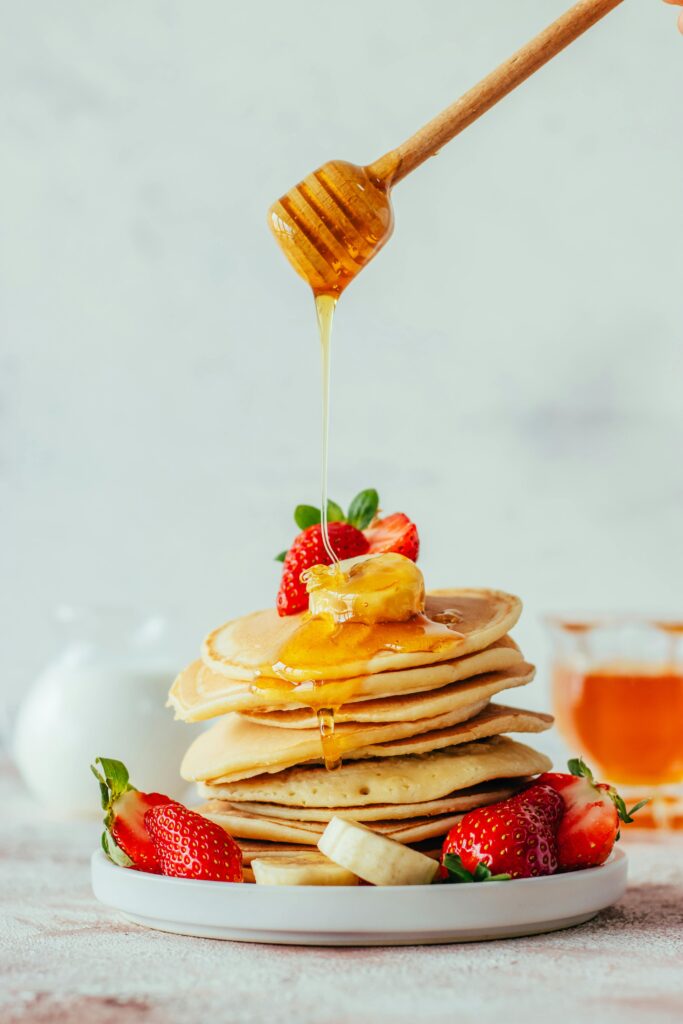
Dosa-making requires practice to achieve the characteristic thin, crispy texture. The same batter used for idlis works for dosas, but the cooking technique differs significantly.
Preparation:
Heat a non-stick or well-seasoned cast iron pan over medium-high heat. Pour a ladleful of batter in the center and immediately spread it in
